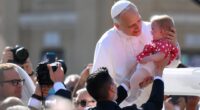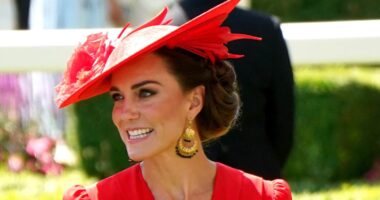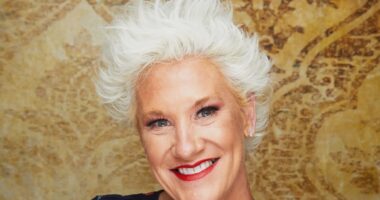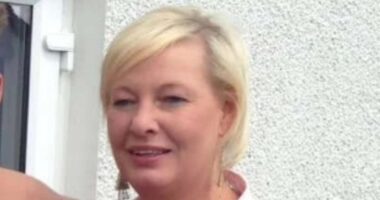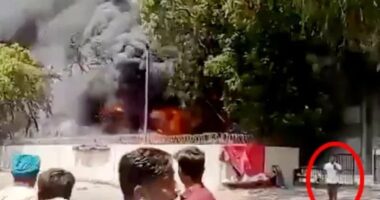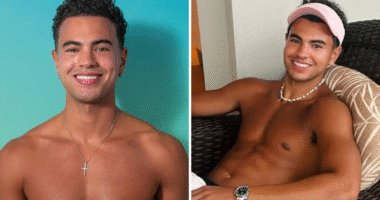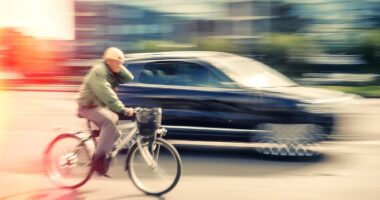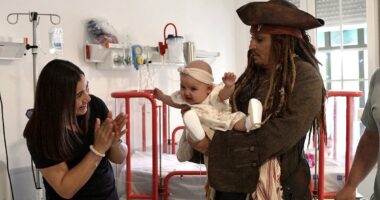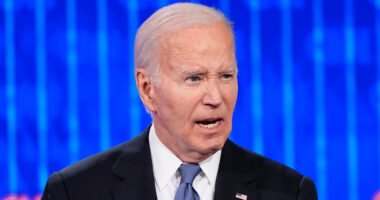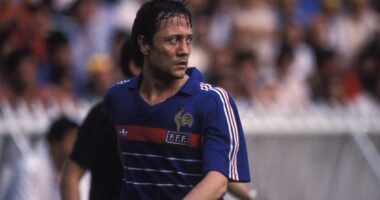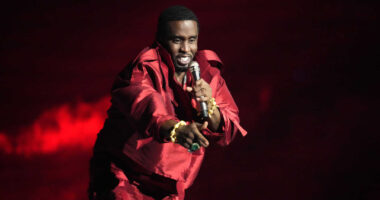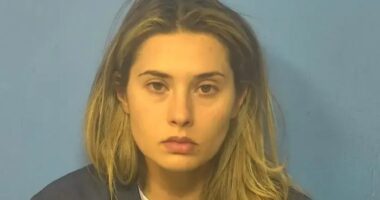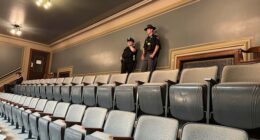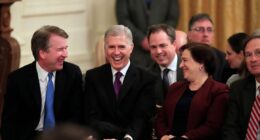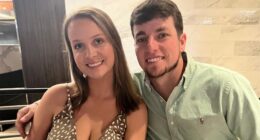
This morning, famous faces and world leaders gathered in St Peter’s Square for the inaugural mass of Pope Leo XIV, alongside tens of thousands of worshippers.
During the event, Ukraine President Volodymyr Zelensky exchanged warm greetings with US Vice President JD Vance, while Secretary of State Marco Rubio observed the interaction.
Princess Charlene of Monaco and Spain’s King Felipe VI and Queen Letizia were among the royals in attendance.
In a recent announcement, Buckingham Palace revealed that King Charles would not be attending the inauguration mass. Instead, the Duke of Edinburgh, Prince Edward, was present to represent him at the ceremony.
People had streamed into the square in the Vatican City ahead of celebrating history’s first American pope with a formal installation ceremony.
Civil protection crews in neon uniforms had earlier funnelled pilgrims into quadrants in the piazza while priests and patriarchs hurried into St Peter’s Basilica to get ready for the Mass.
US Vice President JD Vance, one of the last foreign officials to see Pope Francis before he died, paid his respects at the Argentine pope’s tomb upon arriving in Rome late Saturday.
Leo, 69, started the day by taking his first tour through the piazza in the popemobile. The open-topped vehicle has become synonymous with the papacy’s global reach and mediatic draw, used at home and abroad to bring popes close to their flock.
The bells of St Peter’s Basilica rang as Leo waved from the back of the vehicle that looped slowly through the square as the crowd waved flags and cheered ‘Viva il Papa!’.
Born in Chicago, the 69-year-old pontiff spent many years as a missionary in Peru and also has Peruvian citizenship, meaning he is also the first pontiff tied to that South American nation.
One person in the crowd shouted out ‘White Sox, White Sox,’ referring to the Chicago baseball team at the bottom of the American League standings
It was here that Francis took his last popemobile ride on Easter Sunday, and it was on the back of a popemobile that Francis’ casket was brought across Rome last month to its final resting place.
Leo, an Augustinian missionary elected May 8 after a 24-hour conclave, seems a bit more timid than Francis.
But all eyes will be on how he manages the throngs of pilgrims, tourists and curiosity-seekers, and the babies who will inevitably be passed up to him for him to bless.
After the festive public tour in the square, Leo will head into the basilica to begin the solemn ceremony to inaugurate his ministry in a series of rites that emphasise the service that he’s called to perform in leading the Catholic Church.
He prays first at the tomb of St. Peter, considered to be the first pope, under the basilica’s main altar and then processes out into the piazza for the Mass.
Strict diplomatic protocol dictates the seating arrangements, with both the United States and Peru getting front-row seats thanks to Leo’s dual citizenship.
Vance, a Catholic convert who tangled with Francis over the Trump administration’s mass migrant deportation plans, is being joined by US Secretary of State Marco Rubio, who arrived in Rome ahead of time to try to advance Russia-Ukraine peace talks.
Peruvian President Dina Boluarte is one of around a dozen heads of state attending.
US seminarian Ethan Menning, 21, from Omaha, Nebraska, wrapped himself in an American flag, purchased at a truck stop in Iowa, to celebrate.
‘Rome always felt like home for a Catholic, but now coming here and seeing one of our own on the throne of Peter … it almost makes Jesus himself more accessible,’ he said.
Kalen Hill, a pilgrim from the US, got to St. Peter’s soon after the gates opened Sunday morning and said he never expected an American would lead the 1.4 billion strong church.
‘I would say all the Americans are emotional about it,’ he said. ‘It is really powerful for American Catholics who sometimes feel separated from the world church to be brought in and included in this community through Pope Leo.’
During the Mass, Leo will receive the two potent symbols of the papacy: the lambswool stole, known as a pallium, and the fisherman’s ring.
The pallium, draped across his shoulders, symbolizes the pastor carrying his flock as the pope carries the faithful.
The ring, which becomes Leo’s official seal, harks back to Jesus’ call to the apostle Peter to cast his fishing nets.
The other symbolically important moment of the Mass is the representational rite of obedience to Leo: Whereas in the past all cardinals would vow obedience to the new pope, more recent papal installations involve representatives of cardinals, bishops, priests, deacons, nuns, married couples and young people participating in the rite.
Another change from the past is that Sunday’s Mass isn’t a coronation ceremony, which used to involve the pope receiving a tiara, but is merely known as a ‘Eucharistic Celebration for the start of the Petrine ministry of the Bishop of Rome’.
In the days since his historic election, Leo has already sketched out some of his key priorities as pope.
In his first foreign policy address, he said the Holy See’s three pillars of diplomacy were peace, justice and truth.
In his first major economics address, he emphasized the Catholic Church’s social doctrine and the search for truth.
It’s not known if he’ll use his installation homily as a mission statement as some of his predecessors did.
In his Oct. 22, 1978 installation homily, St. John Paul II uttered a phrase that became something of a refrain of his pontificate and the ones that followed: ‘Be not afraid! Open wide the doors to Christ!’
Pope Benedict XVI quoted his predecessor during his installation homily, on April 25, 2005, and offered a meditation on the symbols of church unity represented by the pallium and fisherman’s ring. Francis’ installation homily, on March 19, 2013, focused on the need to protect the environment, an early hint of what would become one of the priorities of his pontificate.
Leo has vowed all efforts to find peaceful ends to the wars in Ukraine, Gaza and elsewhere.
But as a priority, he has also identified the challenges to humanity posed by artificial intelligence, making the parallel to the challenges to human dignity posed by the industrial revolution that were confronted by his namesake, Pope Leo XIII, who was pope from 1878-1903.
After the homily and at the end of the Mass, Leo will offer a final blessing and then go into the basilica to greet the heads of the more than 150 official delegations attending.
Security was tight, as it was for Francis’ funeral on April 26, which drew an estimated 250,000 people. Rome authorities are planning for another 250,000 on Sunday.
The piazza and main boulevard leading to it, and two nearby piazzas were set up with giant television screens, and dozens of portable toilets have been erected in a nearby park.

